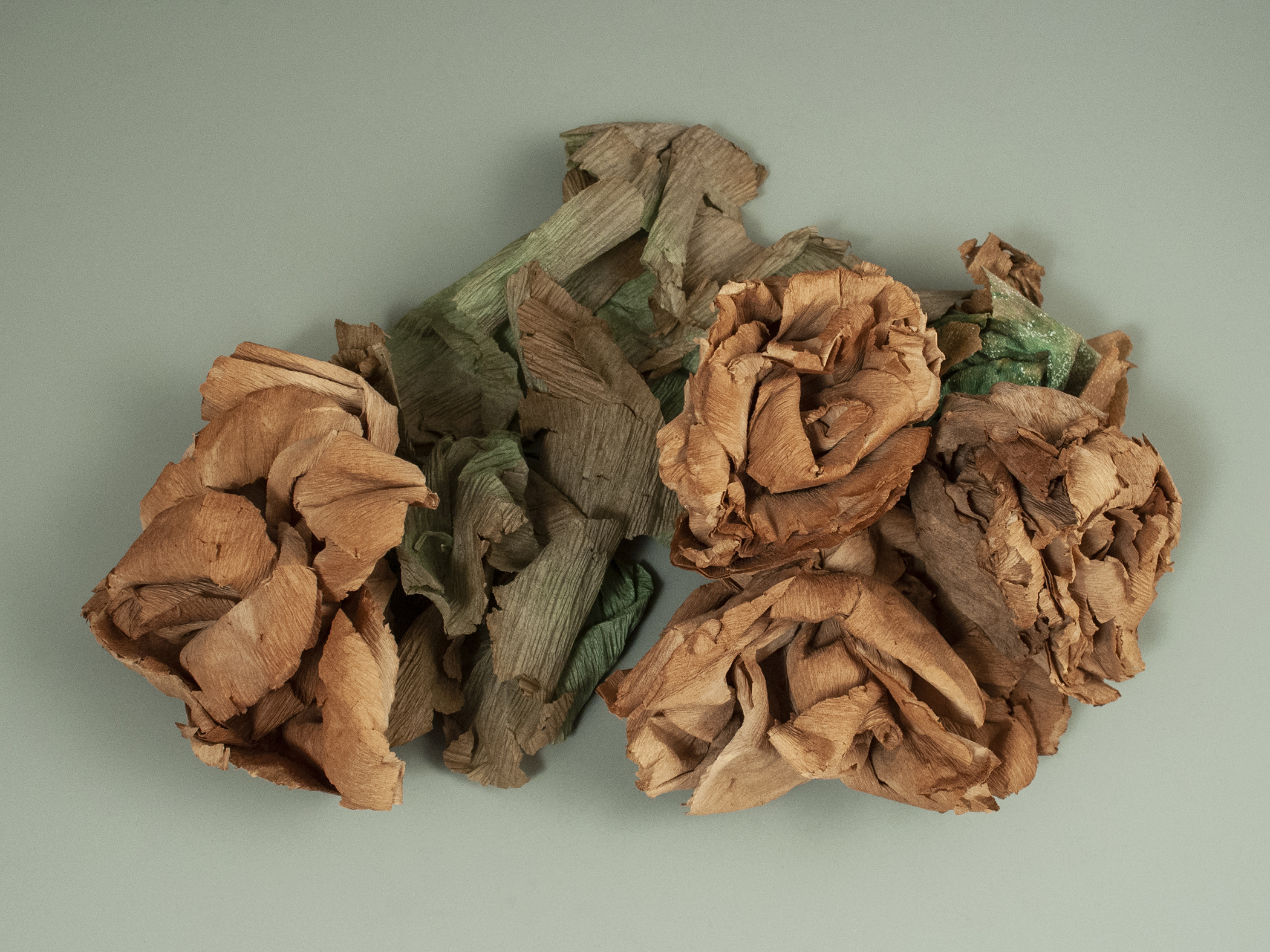Mexican Paper Roses
Oakland, 1988

When I started dating Carina I was nonplussed by her black BMW. It seemed ostentatious for a Latina who worked as a physician’s assistant in a homeless shelter. But she glanced at me from behind the wheel, flashing her huge dark eyes. “It’s an acronym,” she explained. “Beautiful Mexican Woman.”
Carina wasn’t an artist by profession, but the traditional arts of Mexico fascinated her—especially the memorial ofrendas created for Dia de los Muertos: Day of the Dead. We shared that obsession. In November 1984, just one month after my father died, I’d been sent to Lake Pátzcuaro by Islands magazine to write about the graveside rituals on the island of Janitzio. It was my introduction to that world, and I’d never witnessed anything more beautiful and strange.
We traveled together to Nepal, India, and later Mexico. By that time Carina was apprenticed to a renowned altarista, and deeply focused on ritual and assemblage. She turned out to be a gifted artist, skilled at metamorphosis. Her dream was to open a gallery called Casa Ganesha, showcasing the best of Mexican and South Asian arts.
At some point during her apprenticeship, Carina made me these flowers. They were mounted on the wall above my stereo for more than 20 years. Fashioned from crepe paper and wire, the petals were originally white.
We lasted until shortly after my brother died, in 1990. Her memory lingered; Carina was the inspiration for characters in two of my books. Neither truly conveys her sweetness or her radiance. Somehow, even after a quarter century, these faded roses do.
